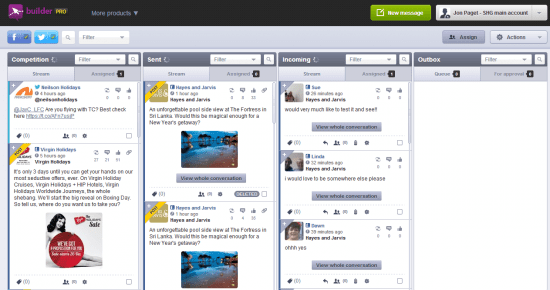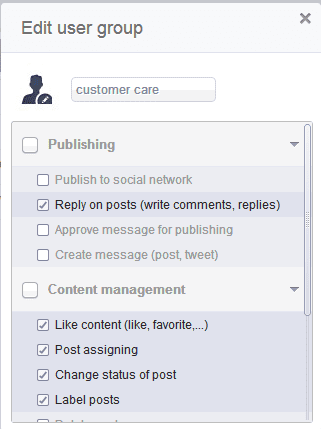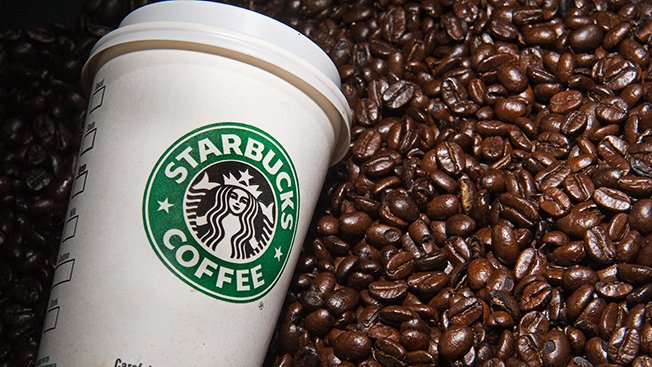Thursday, Jan. 24, 2013
According to the Experian Marketing Services market survey addressing email acquisition and engagement tactics, 44% of total opens occur on mobile devices; 52% of marketers have used animated gifs in their email campaigns; marketers are seeing strong survey completion rates, regardless of offer; email is a strong performer as a generator of both website traffic and revenue; email marketers are testing subject lines and creative more than any other factors; 78% of brands use sales associates to collect email addresses.
Email marketing continues to be the hub and a driving force in cross-channel integration, says the report, as marketers’ email strategies act as connectors to Website, mobile, social and in-store channels. The study surveyed email marketers across eight verticals about their email-marketing initiatives.
Peter DeNunzio, general manager at Experian Marketing Services CheetahMail, says, “... more email marketers (are) testing new engagement strategies to expand their reach into other marketing channels... (as) a spearhead... towards true cross-channel optimization...”
The continued efficacy of email marketing makes email address acquisition a prime tactic for high return on investment (ROI). Today’s email marketers are using multiple channels to acquire new subscribers. Key findings show that:
Subscriber acquisition practices at point of sale of email marketers whose brands operate brick-and-mortar locations:
Email marketing continues to be the hub and a driving force in cross-channel integration, says the report, as marketers’ email strategies act as connectors to Website, mobile, social and in-store channels. The study surveyed email marketers across eight verticals about their email-marketing initiatives.
Peter DeNunzio, general manager at Experian Marketing Services CheetahMail, says, “... more email marketers (are) testing new engagement strategies to expand their reach into other marketing channels... (as) a spearhead... towards true cross-channel optimization...”
The continued efficacy of email marketing makes email address acquisition a prime tactic for high return on investment (ROI). Today’s email marketers are using multiple channels to acquire new subscribers. Key findings show that:
- 22% of brands utilize pop-up windows on their Websites; nearly one in four Websites
- 36 % of brands collect email addresses on paper, exposing brands to a higher potential for bad addresses and input errors
- More marketers are implementing e-receipts to provide marketers and customers with benefits, including up-sell and engagement opportunities
- 30% of marketers make no fields in a registration form mandatory, focusing first on acquiring an email address and then using other tactics, such as preference centers and surveys, for acquiring more information about customers later
- Regardless of the offer, marketers are seeing strong survey completion rates
- Email is still a strong performer as a generator of both Website traffic and revenue
- Email marketers are testing subject lines and creative more than any other factors
- 52% of marketers have used animated gifs in their email campaigns
- While 98% of marketers promote their Facebook page in emails, only 32% promote Pinterest
- More than 50% of email marketers currently optimize or plan to optimize emails for mobile viewers
Subscriber acquisition practices at point of sale of email marketers whose brands operate brick-and-mortar locations:
- 78% of brands use sales associates to collect email addresses
- 36% of brands collect email addresses on paper
- 73% of marketers source and track email addresses acquired at point of sale differently than other addresses
- 33% of marketers report that more than 25% of their customers are willing to provide their email address at point of sale
























